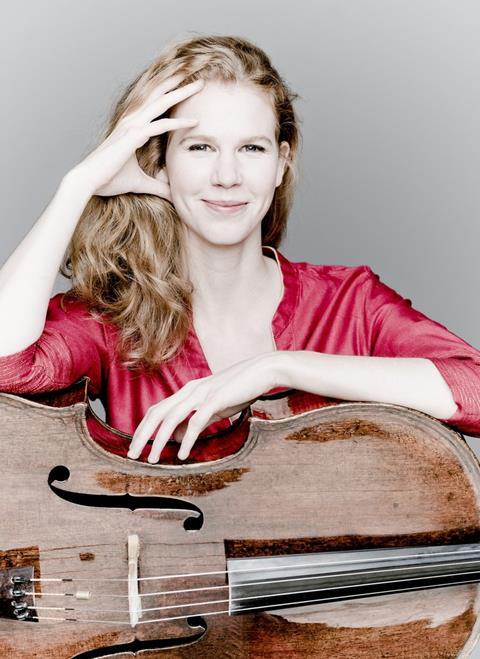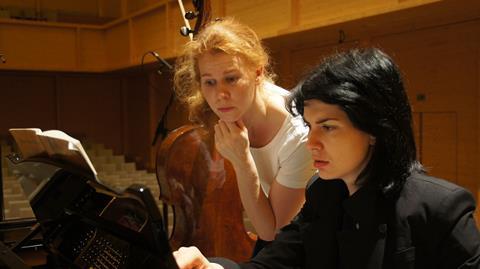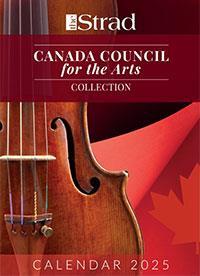Rachmaninoff’s Cello Sonata presents a cornucopia of emotions for the Dutch cellist, with the beautiful third movement a particular highlight

Discover more Featured Stories like this in The Strad Playing Hub.
Read more premium content for subscribers here
Every time I perform the Rachmaninoff Cello Sonata in G minor, I find something new to discover in it. It’s a piece that’s grown with me ever since I started playing it and the process of discovery is beautiful; there are parts where I find I want to take more time or go for bigger lines, and it always keeps the piece fresh and moving. As I’ve grown as a player, I think this is one of the pieces that has grown the most with me.
When I was very young, one of my favourite albums was a collection of the most beautiful slow movements for cello and piano. One of them was the third movement of the Cello Sonata and it really stood out to me as a gorgeous piece of music – although I was still too young to try and play it myself. I only came to practise it when I was 16 and already studying at the Music and Arts University in Vienna. That was where I met the pianist Magda Amara, who’s been my regular chamber partner ever since. She felt a special connection with Rachmaninoff’s music and we found ourselves playing the sonata a lot together.
I never found it a difficult piece to learn; it’s very well balanced, with so many different characters and colours. The first movement has very long, singing lines with a hint of nostalgia and homesickness, although in a way that’s always looking forward. The character of the second movement is more nervous and searching, while the third is just incredibly beautiful, like a serene, yearning song. Finally we emerge into the last movement, which is a joyous celebration. The cello is often a singing voice above the piano, which has hundreds of notes to play; you really need each other in order to express the music the way the composer wanted. It’s what I’d call a ‘complete’ piece of music: very balanced, in which every note and phrase is essential to the whole.

In 2014, Magda and I recorded the Cello Sonata for the label Capriccio, which meant a lot of intensive rehearsal and performance. We’ve also performed it many times on tour; one of the most memorable was when we played it in Lucerne, Switzerland, when afterwards the concert organiser took us to see Rachmaninoff’s home. We were totally alone in the house, which had been preserved exactly as it was when the composer was alive; the bedsheets had his name on and Magda was able to play his old piano. It was a wonderful experience and a very special moment for us both.
It also gave us an insight into the man himself. The Cello Sonata was one of the first pieces Rachmaninoff wrote after a three-year hiatus from composing, following the disastrous reception of his First Symphony. The piece is full of very strong, palpable emotions as he comes through this crisis of confidence. Also it was dedicated to his very good friend Anatoly Brandukov, who was best man at his wedding and gave the premiere of the sonata with Rachmaninoff himself at the piano. The piece really requires an intimate way of playing together, which I think Magda and I have found after 15 years of performing – we find we don’t need to talk much in rehearsal any more, but just play and let the music develop together.
If I had to give advice on playing this piece, it would be not to put too much of yourself into it, but rather let the music speak for itself. It’s very well written for the cello and so emotional already – there’s a danger that you can add more than it needs, and it has to be kept ‘clean’.
INTERVIEW BY CHRISTIAN LLOYD
Watch: Ella van Poucke with Caspar Vos: Rachmaninoff Cello Sonata
Read: ‘No one knows how a viola should sound!’: how Mathis Rochat transcribed Rachmaninoff for viola
Discover more Featured Stories like this in The Strad Playing Hub.
Read more premium content for subscribers here
The number one source for playing and teaching books, guides, CDs, calendars and back issues of the magazine.
In The Best of Technique you’ll discover the top playing tips of the world’s leading string players and teachers. It’s packed full of exercises for students, plus examples from the standard repertoire to show you how to integrate the technique into your playing.
The Strad’s Masterclass series brings together the finest string players with some of the greatest string works ever written. Always one of our most popular sections, Masterclass has been an invaluable aid to aspiring soloists, chamber musicians and string teachers since the 1990s.
The Canada Council of the Arts’ Musical Instrument Bank is 40 years old in 2025. This year’s calendar celebrates some its treasures, including four instruments by Antonio Stradivari and priceless works by Montagnana, Gagliano, Pressenda and David Tecchler.






































No comments yet